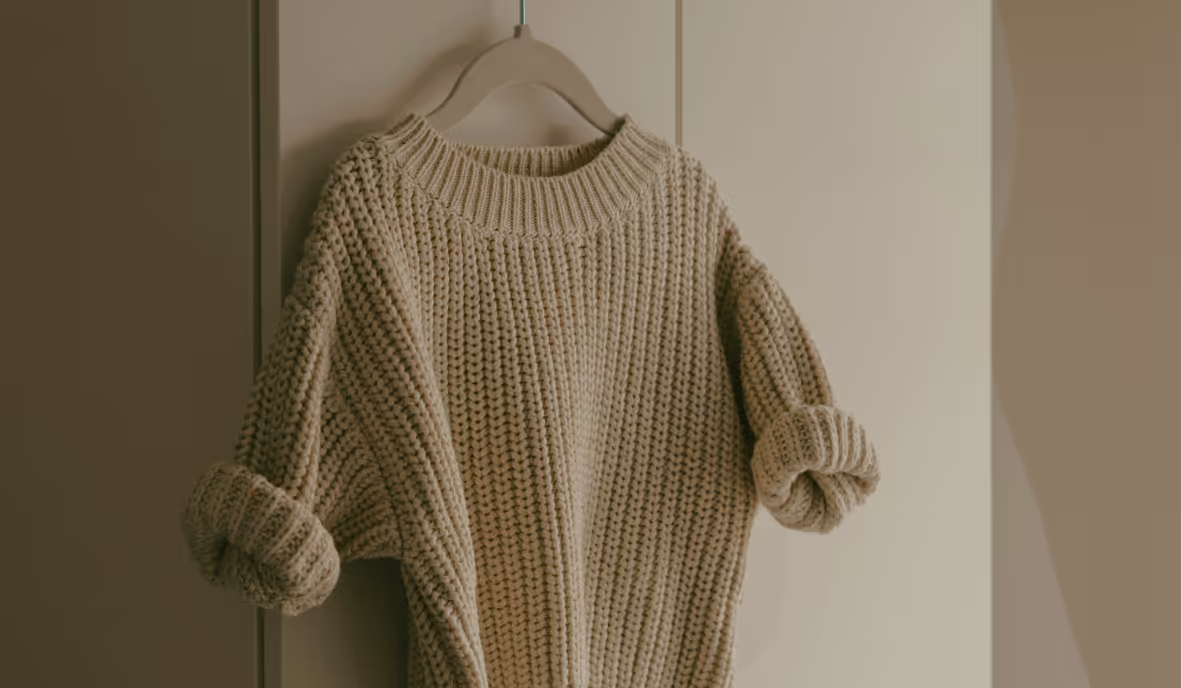5 Native Alternatives to Imported Flowers

Join the community





Did you know 70% of the cut flowers sold in the U.S. are imported? Over 90% of these come from countries such as Colombia, Ecuador, and the Netherlands.
Roses make up a whopping 41% of all the cut flower imports followed by chrysanthemums (14%), carnations (7%), alstroemerias (5%), and gypsophilas (2%).
Since flowers are perishable, they’re flown into the U.S. through airports like Miami, Los Angeles, and New York, then they’re distributed by ground in refrigerated trucks.
Once these flowers reach the florists or big-box stores in refrigerated trucks, they keep these flowers fresh by storing them in actual refrigerators. All of this leads to more carbon emissions.
Also, these flowers are packed in plastic or cellophane sleeves to keep them together. As these sleeves are light and flimsy, they often end up in landfills or oceans, contributing to microplastic pollution.
A more sustainable alternative to imported cut flowers is native flowers.
Buy bouquets made from native flowers
Next time you're out flower shopping, tell your local florist or the one at the farmer’s market, that you prefer to have a bouquet of native flowers. This small act will boost local ecosystems and biodiversity, and cut down on intense farming practices.
You can also grow native flowers in your garden or flower bed and turn them into bouquets or flower arrangements.
These are some of our favorite flowers that are native to the U.S.:
Sunflower (Helianthus annus)
From small, foot-tall varieties to towering giants, there's a sunflower for every garden. You can group a bunch to make a vibrant bouquet or put one or two large blossoms as your vase's centerpiece.
- Hardiness zones: 3 to 8
- Sun requirement: full sun
- Soil type: average, moist, well-draining soil
Turk's Cap Lily (Lilium superbum)
If you want a touch of elegance in your flower arrangement, Turk's Cap Lily is your answer. With its swirls of orange, burgundy, or white, it's a showstopper.
- Hardiness zones: 5 to 8
- Sun requirement: diffused light
- Soil type: rich, slightly acidic soil
Obedient Plant (Physostegia virginiana)
Meet the obedient plant, also known as the false dragonhead. It's a mint family member, so it grows easily and spreads fast by rhizomes. Plus, it blooms with pink or lavender flowers that open slowly from bottom to top on spikes. Here’s the best part: these flowers last a long time when cut.
- Hardiness zones: 3 to 10
- Sun requirement: part shade to full sun
- Soil type: tolerates most soils but prefers mildly acidic, moist soil
Black-eyed Susan (Rudbeckia hirta)
Everyone knows and loves Black-eyed Susans. These popular blooms shine in bouquets and flower arrangements, especially when paired with goldenrods, sunflowers, coneflowers, or ornamental grasses.
- Hardiness zones: 3 to 9
- Sun requirement: full sun to light shade
- Soil type: average to rich, evenly moist soil
Bee Balm (Monarda fistulosa)
Bee balm has fragrant, spiky flower clusters that look like fireworks. It blooms for a long time, so you'll have plenty of flowers for arrangements all summer long.
- Hardiness zones: 4 to 8
- Sun requirement: full sun to part shade
- Soil type: moist, average, well-draining soil












